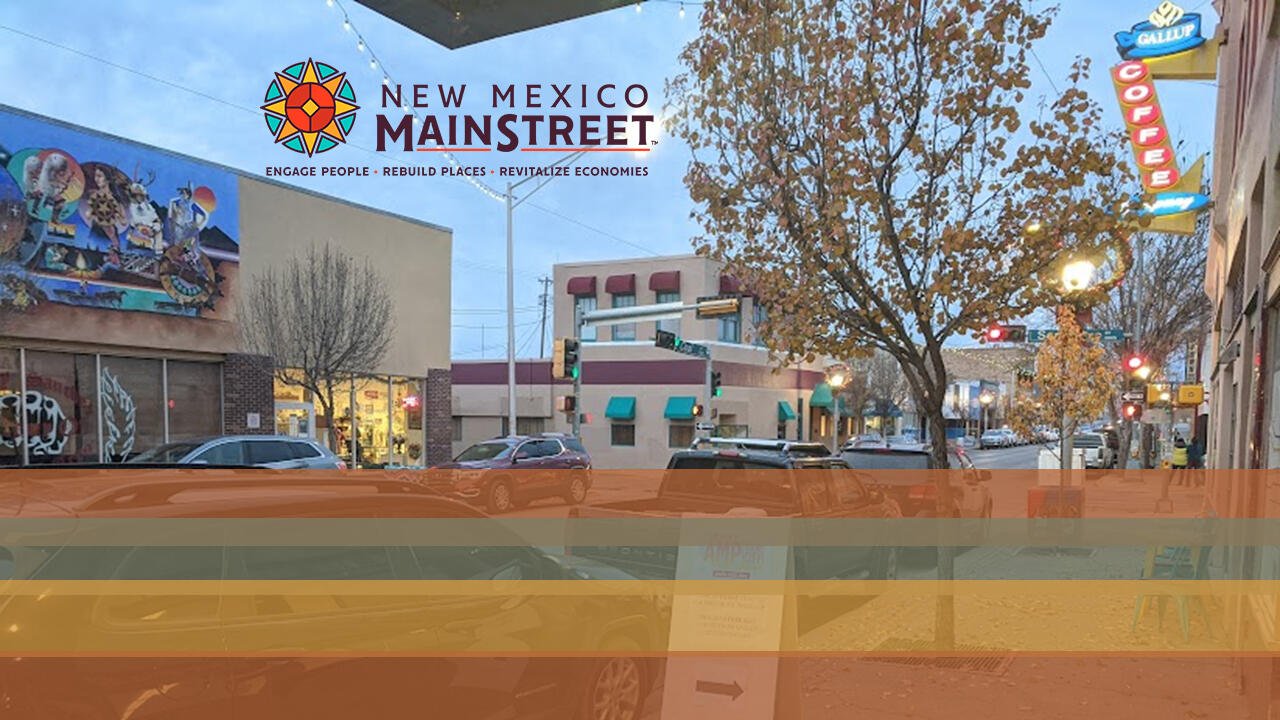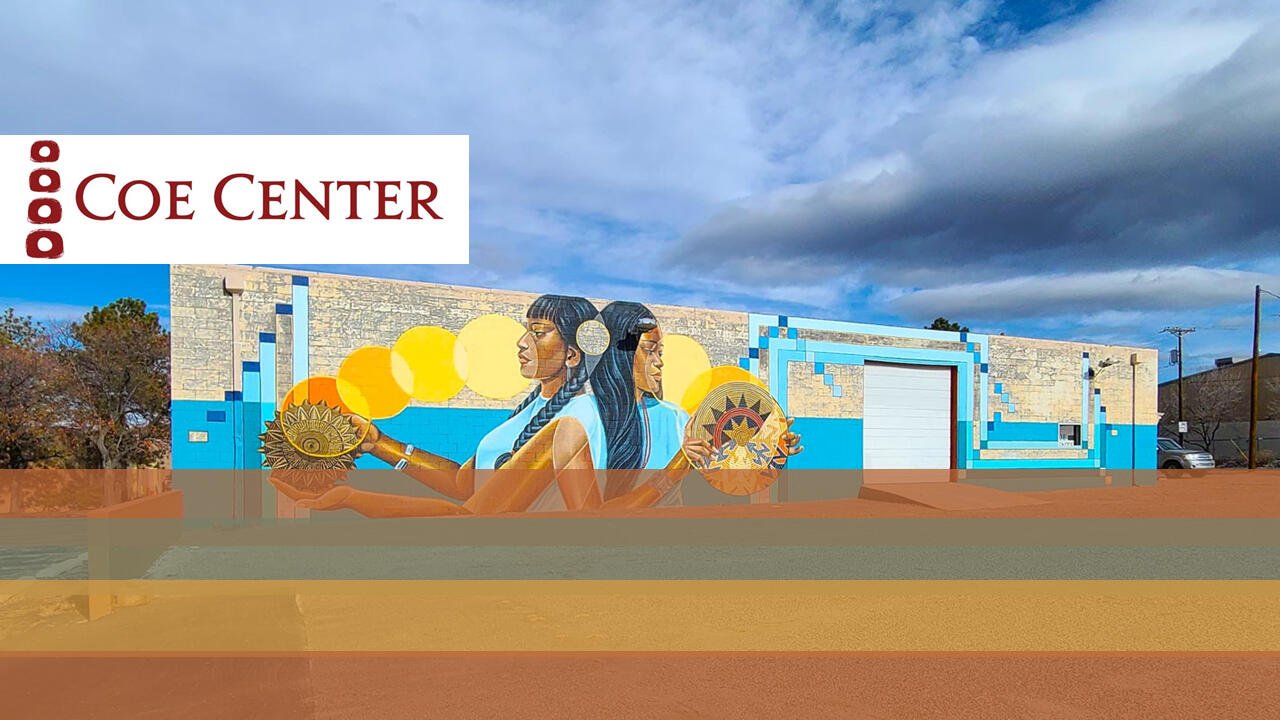
STRATEGY SERVICES FOR EVERY ORGANIZATION.
STRATEGY SPRINTS
Short, directed, simple action-oriented facilitated planning sessions (approx. 6 hours over 2-3 days). Designed both for the organization with a shelf full of strategy plans and those just starting out.
STRATEGY LABS
Facilitated planning sessions aimed at a single aspect or important feature of a strategic plan or priority. Do you need to hone in one aspect of a plan or aspect of organizational advancement?
ACCOUNTABILITY
A client community service to help organizations remain accountable to the priorities of their strategic plans. Key features include 1:1 check-in meetings to discuss revision strategies and exclusive access to resources.

“Strategy Sprints are designed to introduce a continuous process of prioritization, testing, learning, and reassessment. It is strategy fit for the real world demands of community centric and driven organizations. They are purpose built and they work.”
Sean O’Shea, Craft Strategy Studio Co-Founder
CLIENT PORTFOLIO
Main Street Economic Transformation Strategies
Craft Strategy Studio's founding team has years of experience working with MainStreet organizations - from the executive director level to consulting with state coordinating programs. Most recently Carlsbad MainStreet (New Mexico) and Corning Main Street (Iowa) developed their economic transformation strategy using Strategy Sprints - our facilitated planning process that produces results quickly and aligns staff and stakeholders with strategic priorities and work plans.
Nonprofit Strategic Planning
Craft Strategy Studio worked with the Coe Center for the Arts (Santa Fe) to develop strategic priorities and actions to achieve desired outcomes. Using a Strategy Sprint, Craft worked with Coe Center staff and engaged board members to build and define a process for strategic planning and decision making that will serve them as they navigate a future that continues to grow in complexity After the Strategy Sprint the Coe Center was aligned on three key priorities - one of which was operational - and had the tools and process in place to keep testing and changing their approaches as conditions on the ground change.


